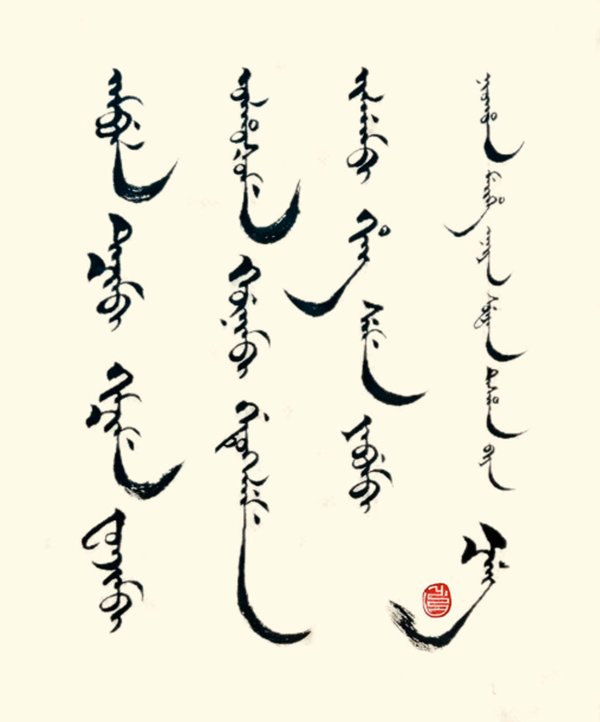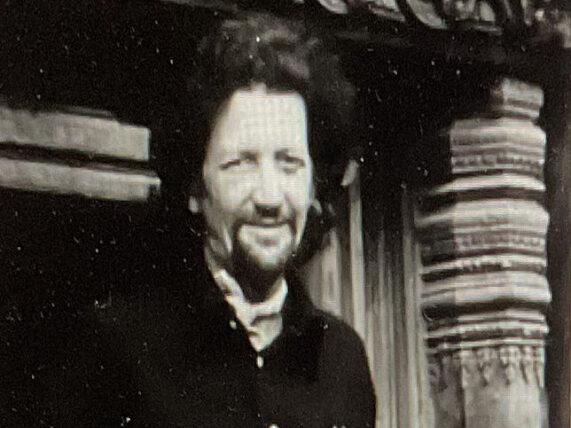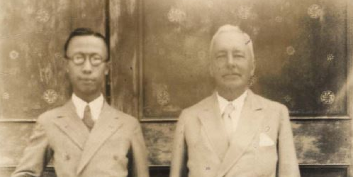How Spoons Became a Symbol of Palestinian Resistance

By Viandito Pasaribu, BA Politics and International Relations
Following the escape of six Palestinian inmates from an Israeli prison on September 6th, protests in solidarity with the escapees took place where spoons were seen waved alongside Palestinian flags.
The kitchen utensil has become a potent emblem of resistance against the violence committed by the Israeli state against Palestinians. A spoon was reportedly used by the prisoners to break out of the Gilboa maximum security prison located six miles from the West Bank.
According to the lawyer of one of the detainees, Mahmoud Abdallah Ardah, spoons, plates, and kettle handles were used to dig a tunnel out of the cell where he and his accomplices were kept. The most senior member of the group, Zakaria Zubeidi, had been a commander of the al-Aqsa Martyr’s Brigades in the West Bank town of Jenin prior to his arrest. Zubeidi filed a request to be transferred to the cell where the five other escapees were staying the day before, which was accepted by the prison authority.
An investigation into the incident by the Israeli intelligence service Shin Bet has determined that the tunnel was dug in secret beginning in December of last year. Images which were circulated on social media indicate that a gap in the wall behind a sink had allowed the inmates to access the prison’s drainage system.
Artists from Palestine and throughout the Arab world have been inspired by the role of ‘the miraculous spoon’ in the escape to create works portraying it as a token of defiance against the Israeli security apparatus
Artists from Palestine and throughout the Arab world have been inspired by the role of ‘the miraculous spoon’ in the escape to create works portraying it as a token of defiance against the Israeli security apparatus.
Mohammed Sabaaneh, a cartoonist, has claimed that the prison break has ‘exposed the Israeli security system to ridicule,’ and has made several caricatures with the spoon taking center stage. The Kuwaiti artist Maitham Abdal has sculpted a hand in a pose reminiscent of the Black Power fist clutching a ‘spoon of freedom,’ which has become a common name for the icon in activist circles.
The Internet virality of the escape has also led to the symbol of the spoon gaining popularity among everyday Palestinians throughout not only the Palestinian territories, but in Israel as well.
“Artists from Palestine and throughout the Arab world have been inspired by the role of ‘the miraculous spoon’ in the escape to create works portraying it as a token of defiance against the Israeli security apparatus.”
Photos taken by AFP photographers show the spoon being brandished by protestors in northern Israel rallying against retributive punishment carried out by the Israeli Prison Service against Palestinians in the aftermath of the escape. Additionally, gatherings in front of the Dome of the Rock and in the city of Khan Yunis in Gaza also feature the icon.
A nationwide manhunt went underway in Israel to recapture the six escapees after the incident. Four of the detainees were recaptured on September 11th and the remaining two were found on 19 September by Israeli authorities. The group had to walk seven miles to reach a town where they thought they could get help in returning to the West Bank and were reported several times to the police in the vicinity of Gilboa prison. This dispelled previous speculation that the escape was thoroughly planned in coordination with armed Palestinian groups, wrote the Times of Israel.
Renowned human rights lawyer Avigdor Feldman is representing Zakaria Zubeidi, and claims that the Israeli police beat him upon learning his identity in an interview with the Associated Press. He also claimed that Zubeidi had to be taken to hospital and given painkillers for fractures in his jaw and two of his ribs. Zubeidi was sent back to custody on 11 September.
Since the escape of the six inmates, spoons have been used to signify ‘determine, vigilance, and cunning,’ as writes Sarah Orabi, by the pro-Palestinian movement across the world. The most notable occurrence was in the United States on 20 September, when demonstrators occupied the Museum of Modern Art in New York City.
Caption: An artist in Gaza City finishes a mural celebrating the escape of six Palestinian detainees featuring a spoon being clutched by a raised fist. (Credit: Mahmud Hams / Getty).




